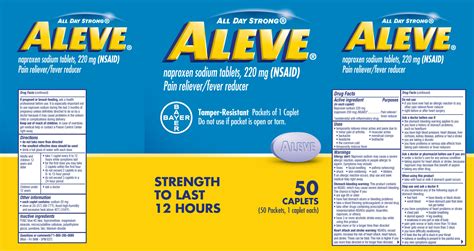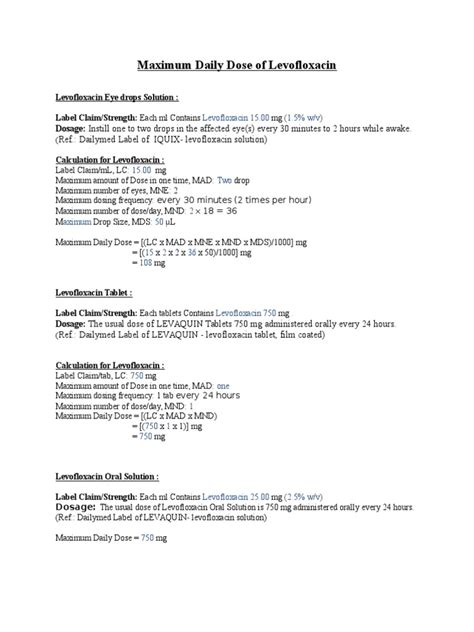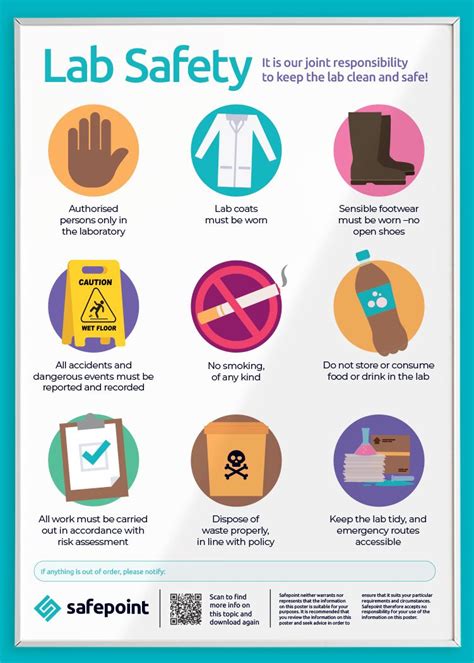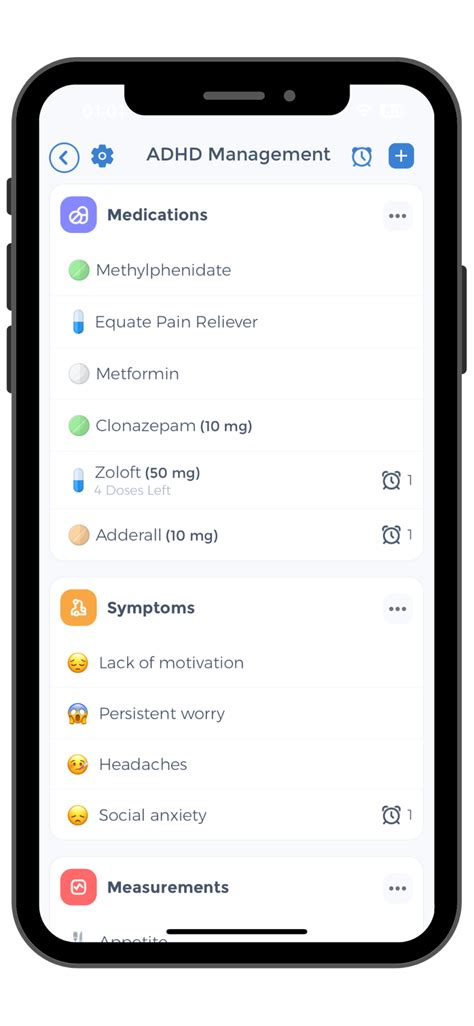Intro
Learn about Naproxen max dose limits, safety guidelines, and overdose risks, including recommended daily intake, potential side effects, and interactions to ensure safe usage of this anti-inflammatory medication.
The importance of understanding medication dosage limits cannot be overstated, especially when it comes to over-the-counter (OTC) and prescription drugs like naproxen. Naproxen, a nonsteroidal anti-inflammatory drug (NSAID), is widely used for its analgesic, antipyretic, and anti-inflammatory properties. It's a common ingredient in many OTC pain relievers and is also available by prescription for more severe conditions. However, like all medications, naproxen must be used responsibly and within recommended dosage limits to avoid adverse effects.
Naproxen's effectiveness in managing pain and inflammation has made it a staple in many households and medical cabinets. It works by inhibiting the production of prostaglandins, which are substances in the body that mediate inflammation, pain, and fever. While naproxen can be very effective, its use is not without risks. The drug can cause gastrointestinal issues, increase the risk of bleeding, and affect kidney function, among other potential side effects. Therefore, adhering to the recommended dosage is crucial to minimize these risks.
The recommended dosage of naproxen varies based on the condition being treated, the patient's age, and whether the drug is being used on an as-needed basis or for ongoing management of chronic conditions. For adults, the typical dose for pain and inflammation is between 250 mg to 500 mg, taken every 8 to 12 hours as needed. However, it's essential to follow the specific instructions provided by a healthcare professional or those found on the medication label, as exceeding the maximum recommended dose can lead to serious health complications.
Naproxen Dosage Guidelines

Understanding the dosage guidelines for naproxen is critical for safe and effective use. The maximum dose for adults is typically 1000 mg per day for prescription formulations, but this can vary based on the specific condition and the patient's health status. For OTC naproxen products, the maximum daily dose is usually lower, around 660 mg per day, divided into two or three doses. It's also important to consider the duration of treatment, as prolonged use of naproxen can increase the risk of side effects.
Factors Influencing Naproxen Dosage
Several factors can influence the appropriate dosage of naproxen, including the patient's age, weight, kidney function, and the presence of other health conditions. For example, older adults may require lower doses due to decreased kidney function and a higher risk of adverse effects. Similarly, individuals with kidney or liver disease may need dose adjustments to prevent drug accumulation and toxicity.Maximum Daily Dose

The maximum daily dose of naproxen is a critical threshold that should not be exceeded. For most adults, this limit is 1000 mg for prescription-strength naproxen and 660 mg for OTC products. Exceeding these limits can significantly increase the risk of gastrointestinal bleeding, kidney damage, and other severe side effects. It's also important to note that combining naproxen with other NSAIDs or certain other medications can increase these risks, even at recommended doses.
Risks of Exceeding Recommended Dosage
Exceeding the recommended dosage of naproxen can lead to a range of adverse effects, from mild to severe. Common side effects include nausea, vomiting, diarrhea, and abdominal pain. More serious risks include gastrointestinal ulcers and bleeding, kidney failure, and an increased risk of heart attack and stroke. It's crucial for individuals taking naproxen to be aware of these potential risks and to seek medical attention immediately if they experience any signs of overdose or severe side effects.Safe Use Practices

To ensure the safe use of naproxen, several practices can be followed. First, always read and follow the label instructions or the advice of a healthcare professional. Do not take more than the recommended dose, and avoid taking naproxen for longer than directed. It's also important to tell your doctor about all other medications you are taking, including OTC drugs, vitamins, and herbal supplements, to avoid dangerous drug interactions.
Monitoring for Side Effects
Monitoring for side effects is a crucial aspect of safely using naproxen. This includes being aware of the signs of gastrointestinal issues, such as stomach pain, heartburn, and black or bloody stools, as well as signs of kidney problems, like changes in urine output or swelling in the feet and ankles. If any of these symptoms occur, medical attention should be sought promptly.Dosage Adjustments

In some cases, dosage adjustments may be necessary to achieve the best balance between efficacy and safety. For example, patients with kidney disease may require lower doses to prevent drug accumulation. Similarly, older adults may need dose reductions due to age-related changes in drug metabolism and increased sensitivity to side effects.
Patient Education
Patient education plays a vital role in the safe and effective use of naproxen. Patients should be informed about the proper dosage, potential side effects, and the importance of adhering to the recommended treatment regimen. They should also be encouraged to ask questions and seek medical advice if they have any concerns about their treatment.Conclusion and Next Steps

In conclusion, understanding the maximum dose limits of naproxen and adhering to recommended dosage guidelines is essential for minimizing risks and maximizing benefits. By being informed about safe use practices, monitoring for side effects, and seeking medical advice when necessary, individuals can use naproxen effectively while protecting their health.
Final Thoughts
As with any medication, the key to safely using naproxen is a combination of knowledge, vigilance, and responsible behavior. By following the guidelines outlined in this article and staying informed about the latest recommendations and research, individuals can make the most of naproxen's therapeutic benefits while minimizing its risks.What is the maximum daily dose of naproxen for adults?
+The maximum daily dose for adults is typically 1000 mg for prescription formulations and 660 mg for OTC products, divided into two or three doses.
Can I take naproxen with other medications?
+It's generally not recommended to take naproxen with other NSAIDs or certain other medications without consulting a healthcare professional, as this can increase the risk of side effects.
What are the signs of naproxen overdose?
+Signs of naproxen overdose can include nausea, vomiting, abdominal pain, and in severe cases, seizures, coma, or respiratory depression. If suspected, immediate medical attention is required.
We invite you to share your thoughts and experiences with naproxen, and we encourage you to consult with a healthcare professional for personalized advice on using this medication safely and effectively. Your feedback and questions are valuable to us, and we look forward to continuing the conversation on this important topic.
